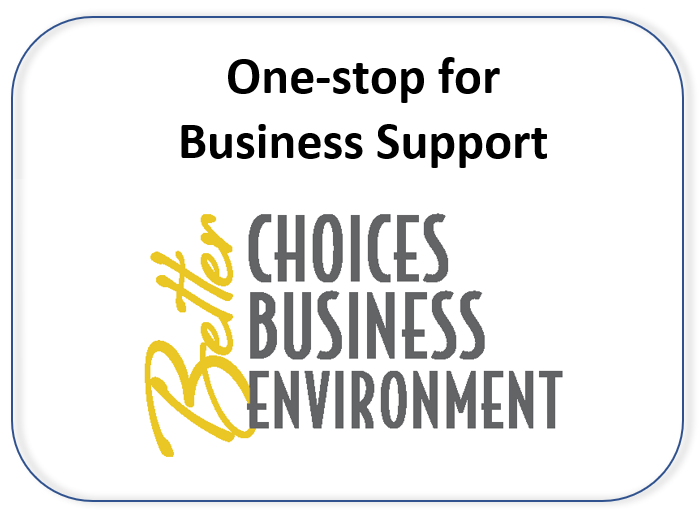Air pollution basics
The air we breathe should be primarily oxygen and nitrogen with just a few other chemicals thrown in from natural sources. Modern life and all the vehicles and industrial activities that come with it have added a large number of additional chemicals to the mix. Because of the harmful effects of many of those chemicals, their presence is considered to pollute the air. Air pollution regulations are intended to minimize the effects on people and the environment, not just plants and animals but structures as well.
The Environmental Protection Agency has a system to rank the quality of the air and let people know whether it's healthy for them to be outside. This ranking system is called the Air Quality Index. To learn more about this ranking system, watch the Air Quality Index video.
The DNR notifies the public when there are air quality advisories, when the AQI is too high. You can subscribe to receive advisory notices via email or text from DNR's subscription system. You can also check current air quality conditions, air monitoring data and more on the Wisconsin Air Quality Monitoring Data page.
Air pollution from a small business
While your small business may not emit as much air pollution as a large business does, it still may be regulated and subject to permits due to the combined effects of the air pollution from many small Wisconsin businesses. It's important to reduce air pollution so that everyone can enjoy our natural resources.
Business activities that generate air pollution
Manufacturing and other processes can generate or create air pollution. The following is a description of some of those operations and the primary air pollutants that may result.
- Processes that use adhesives, inks, paints, varnishes, clean up solvents or any materials that contain solvents. These types of materials release volatile organic compound (VOC) emissions. Such operations would include things like paint booths, printing, metal fabrication, kitchen countertop production, cabinet or other wood product gluing or finishing, and some dry cleaning.
- Processes that release dust, smoke or fumes. These types of emissions are called particulates or particulate matter. Such operations include things like grinding, sanding, welding, material handling (grain, rock/gravel, dirt, flour, etc.) and vehicle traffic on dirt roads. There are a wide variety of regulations that might apply to these operations.
- Processes that burn fuels to generate heat, generate power/electricity, or steam. Operations like boilers, furnaces and generator engines have not only particulate matter emissions but also carbon monoxide, sulfur dioxide (if sulfur is in the fuel) and nitrogen oxides. Specific regulations apply to these operations.
- All of the listed operations as well as many unique operations that don't fit into the above categories may emit hazardous air pollutants. Unique operations may include: electroplating, acid/caustic baths for parts cleaning or etching, etc., asbestos material handling/removal, water chlorination and ammonia refrigeration, to name just a few.
Retail or commercial businesses
Some retail or commercial operations may also generate sufficient air pollution, or air pollution of a type that is very toxic, such that they are regulated, too. For example, dry cleaners using perchloroethylene or petroleum solvents are strictly regulated by the EPA and the DNR. Auto body refinishing (collision repair) facilities also have EPA regulations that they must meet, as well as DNR regulations in certain counties in Wisconsin. Gas stations also have both state and federal regulations to meet. If your business includes one of these types of retail or commercial operations fits your business, you may have to meet certain air pollution requirements.
Other retail or commercial establishments like restaurants or hair salons, while they generate fumes or use certain chemicals, are not currently regulated for air pollution that goes off their property.
Learn more about air pollution and how it applies to your business
Read our Air Pollution Basics (SB-100) fact sheet to learn about how air pollution is regulated.
Review our air regulations page to see if any regulations that might affect your operations. There may be opportunity for you to provide comments to the DNR or the EPA on proposed regulations. Once a regulation is finalized, changing it becomes more difficult.
Sign up our mailing list for the Small Business Advisor newsletter. The Advisor is written by SBEAP staff to share information about new air pollution regulations and other environmental issues that may impact businesses in Wisconsin. You can read back issues on Small Business Advisor archived newsletters.
Other pollution regulations that affect a business
We have also compiled regulatory resources specific to different types of small businesses or common process equipment used by many businesses. Links to those resources are included on the Resources for Industries.
Once you understand which rules apply, you may need assistance with demonstrating that you are complying with the rules. We have created additional resources and tools to help with compliance issues.
For a quick checklist of the full range of environmental programs that may affect your business, review the Environmental Information Summary Checklist (SB-003). It is also a good idea to review the Purchasing Property pages for a range of requirements that might apply to a business property.
| Additional resources | |
|---|---|

